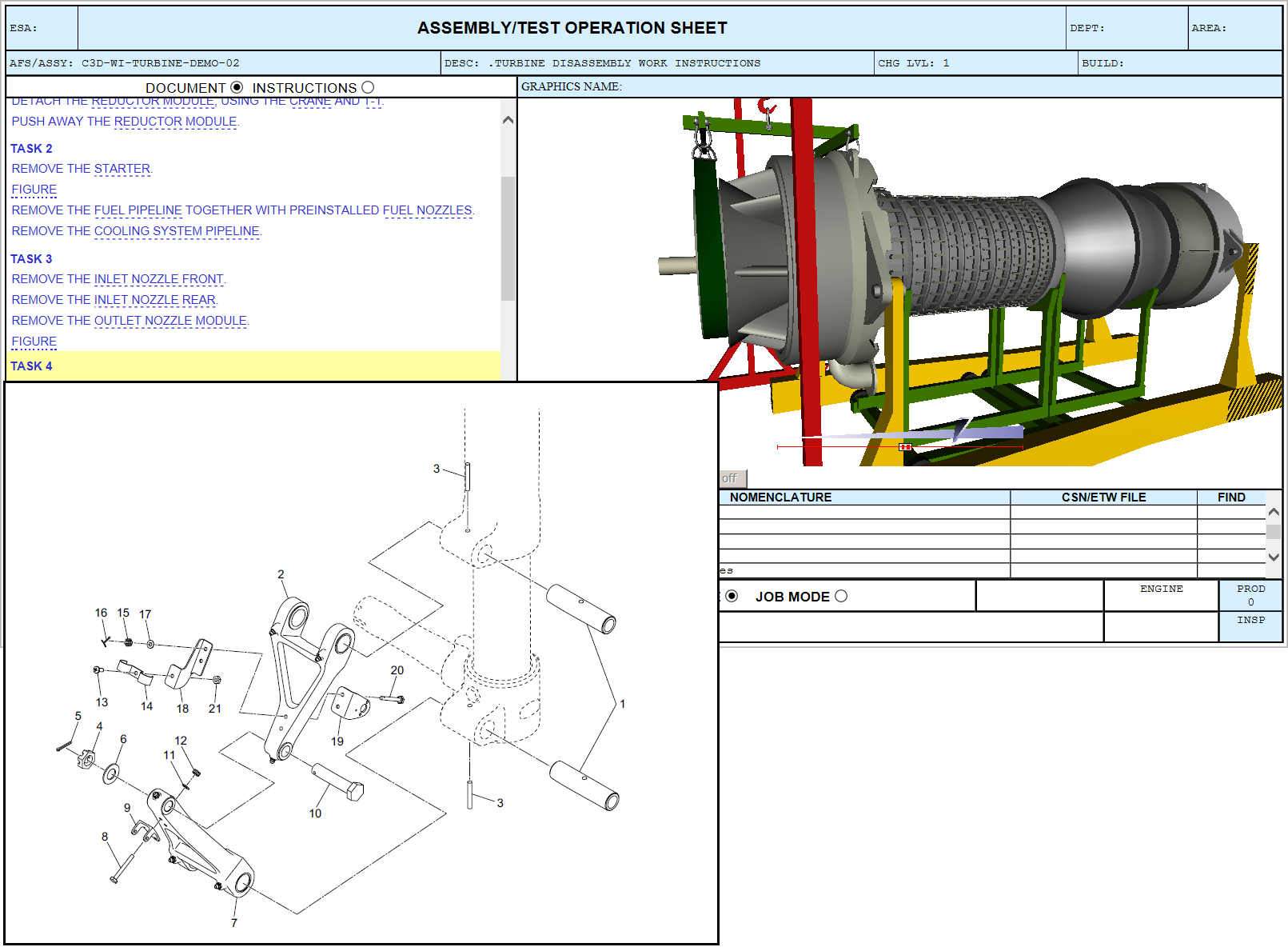Key Characteristics of Effective Technical Publications

An effective technical publication contributes to product acceptance. Finding the data needed, understanding its applicability to the product and being able to quickly finish a task is key to your customers’ satisfaction with your product. But what makes a technical document effective?
They Understand the User.
That means the writer needs to know more than the role and processes the document supports. They need to understand the user goals when the document is in use. Goal-oriented documents help the user get their job done as quickly as possible.
When writers can simulate the procedure as they write, and then generate the steps in that process automatically from the 3D model, the goal stays front and center. When they can model the assembly and disassembly of parts as they plan training, the exercise literally writes itself, and the writer can focus on clean, direct guidelines. Take a look at this example of the resulting, very effective document, disassembly job card, which only took very little time to author, illustrate and publish.
Content created from the models give the user access to everything they need to get the job done, and nothing more. Writers can focus on the goal, without assuming the user knows everything. Acronyms, configuration specifics, and applicable guidelines can still be available quickly via links if the user needs them, without distracting from the work in process.
They Use Pictures.
A picture is worth a thousand words; an animation is worth more. Not only do they make it easier for the writer to focus, they do so for the end user. 3D models and animations have been shown to increase attention to the material and improve retention of learning and reproducing procedures.Discussed in the previous blog: Redefining efficiency and- effectiveness of Technical Publications.
 3D and 2D illustration captured from JT models as the author writes.
3D and 2D illustration captured from JT models as the author writes.
The ability to see the product in the right orientation or view the process in action, as opposed to reading about it, also allows the user to compare it with the work at hand. A 30-second video of a simple assembly may take half-a-page or more of text to describe. So if you have the option to show your meaning, take advantage of it. Your users will appreciate it.
They’re Accurate.
In a world where products are becoming more complex, and configurations more prolific, making sure the technical publications describe the right product is even more important. It will save both the vendor and the end user time and money if fewer mistakes are made in operation and maintenance.
There are two ways to guarantee accuracy:Generate the content from the product model and test your documentation. Generation of the part information and 2D/3D illustrations directly from your engineering JT and PLM XML, and direct links to change notifications on that source material helps create and maintain accuracy. But don’t count on that alone.
Always test and retest your final documentation before sending to your end user, to be sure links to supporting topics are available, your 2D graphics are scaled appropriately, and the orientation of 3D illustrations are set appropriately for individual steps.
They’re Consistent.
Follow guidelines in both document structure and presentation ensures your end user isn’t distracted by changes in writing styles between authors or format changes from topic to topic.Here’s where the overhead of XML authoring can really be helpful.
The use of an XML authoring standard provides a structure for all writers to work within, and combined with your corporate guidelines, helps ensure consistency of language and organization. They also enable automated publishing via stylesheets, making your presentation consistent from writer to writer, and document to document.
The above is not an exhaustive list of what makes technical publications effective, but in our increasingly more complex product, browser-driven delivery, real-time consumption world, they are some of the most important.
These capabilities are saving our customers’ tech writers and illustrators time and effort – see an example case study. But their biggest impact is improving the end-user experience and product satisfaction.
Trish Laedtke is the Product Manager for Content and Document Management applications in Teamcenter. Her focus is on integrating tech pubs and supporting roles into the PLM environment, and taking advantage of the knowledge stored in Teamcenter to provide more accurate and effective documentation.


